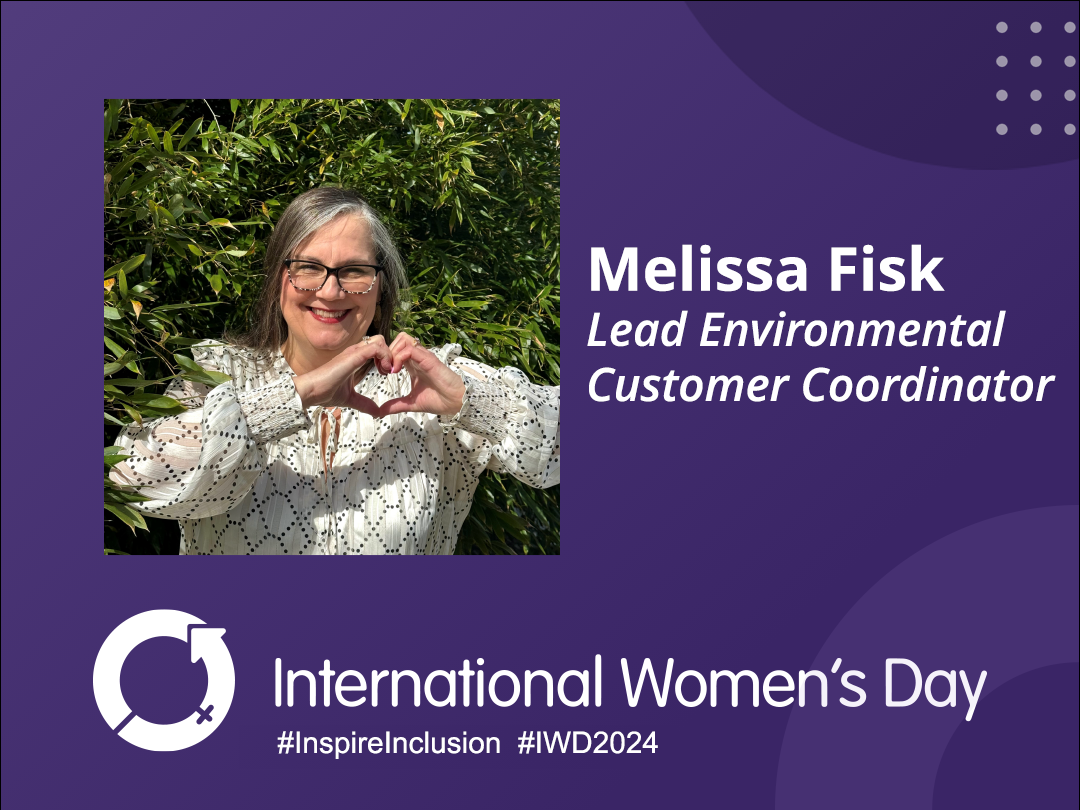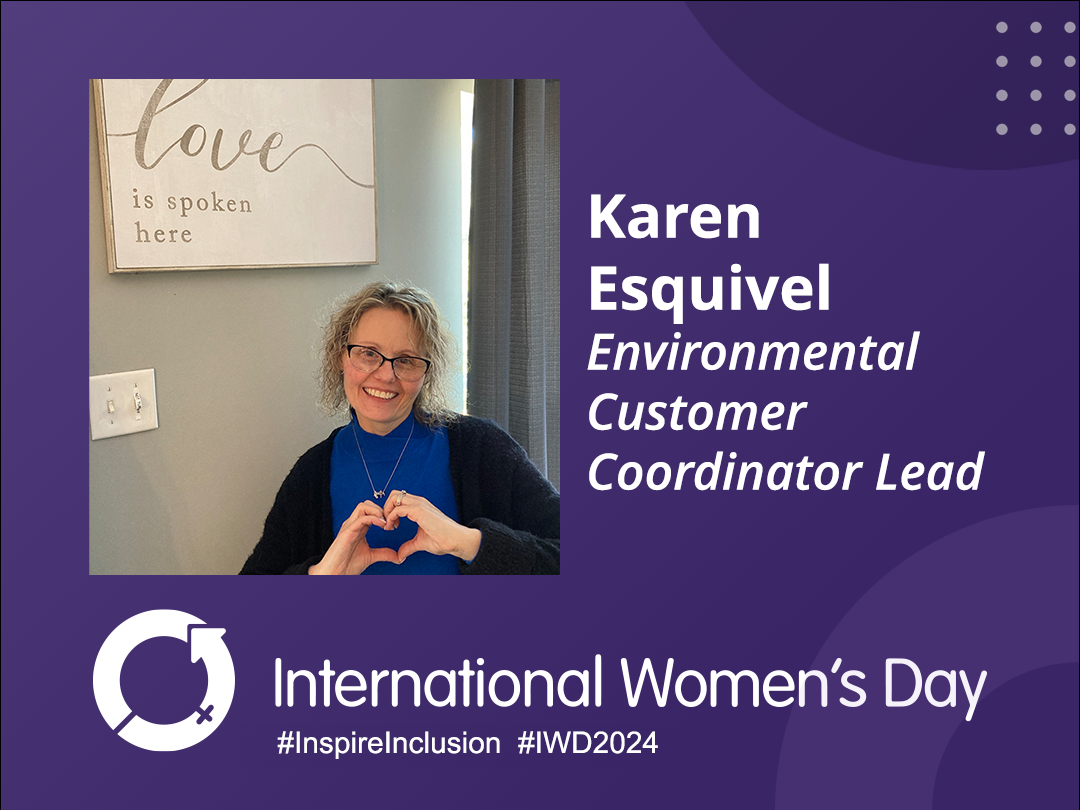While we’ve covered certain aspects of Land Disposal Restrictions (LDR) in the past, we’ve not yet talked about how landfill cells are designed and managed. For those who may not know, hazardous waste landfills are large areas of land divided into individual cells. Perhaps the most important thing to note is that because hazardous waste landfills are final disposal sites for much of out hazardous wastes, they must continue to be monitored during their whole active life. This includes closure and post-closure monitoring.
How are landfill cells designed?
Much like the minimum technological requirements (MTRs) for waste piles and surface impoundments, hazardous waste landfills must have a double-liner, a leachate collection and removal system (LCRS), a leak detection system, and actual leakage reporting (ALR). Additionally, landfills, like waste piles, must have a second LCRS above the top liner of the cell. Finally, “landfills have to have stormwater run-on and runoff controls to prevent migration of hazardous constituents for at least a 25-year storm and a cover to prevent wind dispersal.”
How are landfills inspected?
Again, the inspection and response plans for hazardous waste landfills are nearly the same as those for surface impoundments. This includes a response action plan in the event of the ALR being exceeded as well as a construction quality assurance (CQA) program. In addition to having these items in place, a generator or owner/operator must perform monitoring and inspections. “As with surface impoundments and waste piles, these requirements ensure that the unit is maintained in good working condition and that any problems are promptly detected.”
How are landfill cells closed?
When a landfill cell is full it must be closed. Since landfill disposal is typically a permanent situation the closure and post-closure regulations are somewhat different than those for other land-based units. The EPA provides the example of the “requirement for a final cover over the landfill that can provide long-term minimization of liquid migration through the closed landfill, promote drainage, accommodate settling, and function with a minimum amount of maintenance.”
Owner/operators must also comply with the post closure requirements in Parts 264/265.117 through 264/265.120 relating to actions like monitoring and maintenance.
Lastly, owner/operators have to “maintain the final cover, leak detection system, and groundwater monitoring system, as well as prevent run-on and runoff from damaging the final cover and protect the surveyed benchmarks (i.e., location and characteristics) of the landfill.”
Do any wastes require special treatment?
Like waste piles and surface impoundments, landfills must oblige with certain restrictions when dealing with ignitable, reactive, incompatible, or dioxin-containing wastes. Unlike other units, however, landfills are prohibited from placing bulk or noncontainerized liquid hazardous waste or hazardous waste containing free liquids anywhere in the landfill. Even placement of nonhazardous liquids is basically prohibited. According to the EPA, “there are only certain situations when containers holding free liquids can be placed in a landfill (e.g., small containers such as ampules, containers that are products such as batteries, or lab packs). If sorbents are used to treat hazardous wastes so that the waste no longer contains free liquids, the owner and operator must use nonbiodegradable sorbents.”
Are there any requirements for containers in landfills?
“To prevent significant voids that could cause collapse of final covers when containers erode, and to maintain and extend available capacity in hazardous waste landfills, containers placed in a landfill must be either at least 90 percent full or crushed, shredded, or in some other way reduced in volume, unless the containers are very small, such as ampules (§264/265.315).
Finally, there are special standards for lab packs or overpacked drums being placed in a landfill(§264/265.316). Lab packs generally contain small containers of a wide variety of hazardous wastes in relatively small volumes that are packed in sorbent material to prevent leaking. This sorbent material must be nonbiodegradable.”
Quoted and EPA cited information (unless otherwise noted) for this blog post was gathered from the EPA document, “Introduction to Land Disposal Units.” As always, this blog post is not intended to be comprehensive and it is always best to check with the EPA and local government for full, up-to-date, rules and regulations.
More News From Heritage
-
3/12/24
Equal Pay Day – Spotlighting Our Female Drivers
-
3/8/24
International Women’s Week Spotlight – Shannon Dippel
For International Women's Week, we're spotlighting some of the incredible women in the Heritage family. Our final spotlight is Shannon Dippel.
-
3/8/24
International Women’s Week Spotlight – Susan Adams
For International Women's Week, we're spotlighting some of the incredible women in the Heritage family. Our sixth spotlight is Susan Adams.
-
3/7/24
International Women’s Week Spotlight – Lea Wilson
For International Women's Week, we're spotlighting some of the incredible women in the Heritage family. Our fifth spotlight is Lea Wilson
-
3/7/24
International Women’s Week Spotlight – Melissa Fisk
For International Women's Week, we're spotlighting some of the incredible women in the Heritage family. Our fourth spotlight is Melissa Fisk.
-
3/6/24
International Women’s Week Spotlight – Taylor Harvey
For International Women's Week, we're spotlighting some of the incredible women in the Heritage family. Our third spotlight is Taylor Harvey
-
3/5/24
International Women’s Week Spotlight – Karen Esquivel
For International Women's Week, we're spotlighting some of the incredible women in the Heritage family. Our second spotlight is Karen Esquivel.
-
3/5/24
Heritage Environmental Services Announces HP Nanda as CEO; CEO Jeff Laborsky Transitions to Board of Directors
Heritage Environmental Services (“HES”) announced today that HP Nanda will join the organization as CEO.








